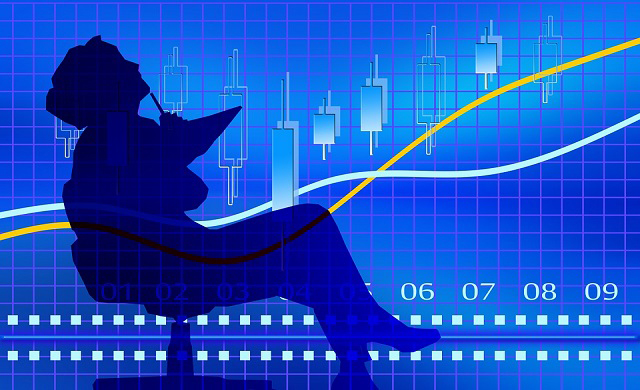Day trading or swing trading? I find that to be a very loaded question.

New traders are always curious to know which trading style is preferable. Although both trading styles have their distinct advantages and disadvantages, the important thing to find out is which of the two best suits your personality.
In this article, we are going to have a quick look at the trading methods and what they entail.
Day Trading:
Day trading involves opening and closing multiple trades within a single trading day. In this trading method, traders have to stay glued to their screens for hours on end, monitoring trend developments, and executing multiple trades. Most day traders do nothing else with their time but trade the markets.
One downside of this is that it always causes “burnout” in many traders after a few weeks or months. Keeping up with the demands of day trading can be very taxing and this leads to the burnouts seen in many day traders.
Day trading also requires traders to have sharp reflexes in dealing with the financial markets. Since day trading involves opening and closing multiple trades in a relatively short period, traders need to be quick at making the most of the little period and grab as many profits as possible. This can only be achieved if the traders have quick market reflexes. An extreme kind of day trading is ‘Scalping’ which involves executing and closing several dozens to hundreds of mini trades within a single day. The precision and speed of these traders in action can be thrilling to watch.
That said, older populations (40>) may not be able to keep up with this trading style as many people in that age group have a short attention span and lack quick/witty reflexes. Also, this age group might find it very difficult to sit for long hours glued to their screens.
On a brighter note, one of the major benefits of day trading is that you don’t get to be worried about “overnight” occurrences that could stop you from your trade positions since no trade is allowed to stay open beyond a day. This means that risk exposure is greatly diminished.
Swing Trading:
Swing trading generally involves opening and holding trade positions anywhere from 2 days to a few weeks. Swing traders, unlike day traders, leave trades overnight meaning that there is greater risk exposure. However, this risk exposure opens up the possibility for significantly larger profit opportunities compared to day trading. Seems like a fair trade-off doesn’t it?
Also, swing trading allows traders significantly less “screen time” as they can place trades and practically not monitor the progress for days. Many swing traders monitor the markets for as little as 30 minutes a day to determine what their next possible move could be.
Furthermore, swing trading lets traders ride profit trends for a longer period.
Finally, the preferable trading style depends greatly on your personality. So, spend some time exploring both methods and discover which suits you best.
Source: https://learn2.trade

 Hot Features
Hot Features














